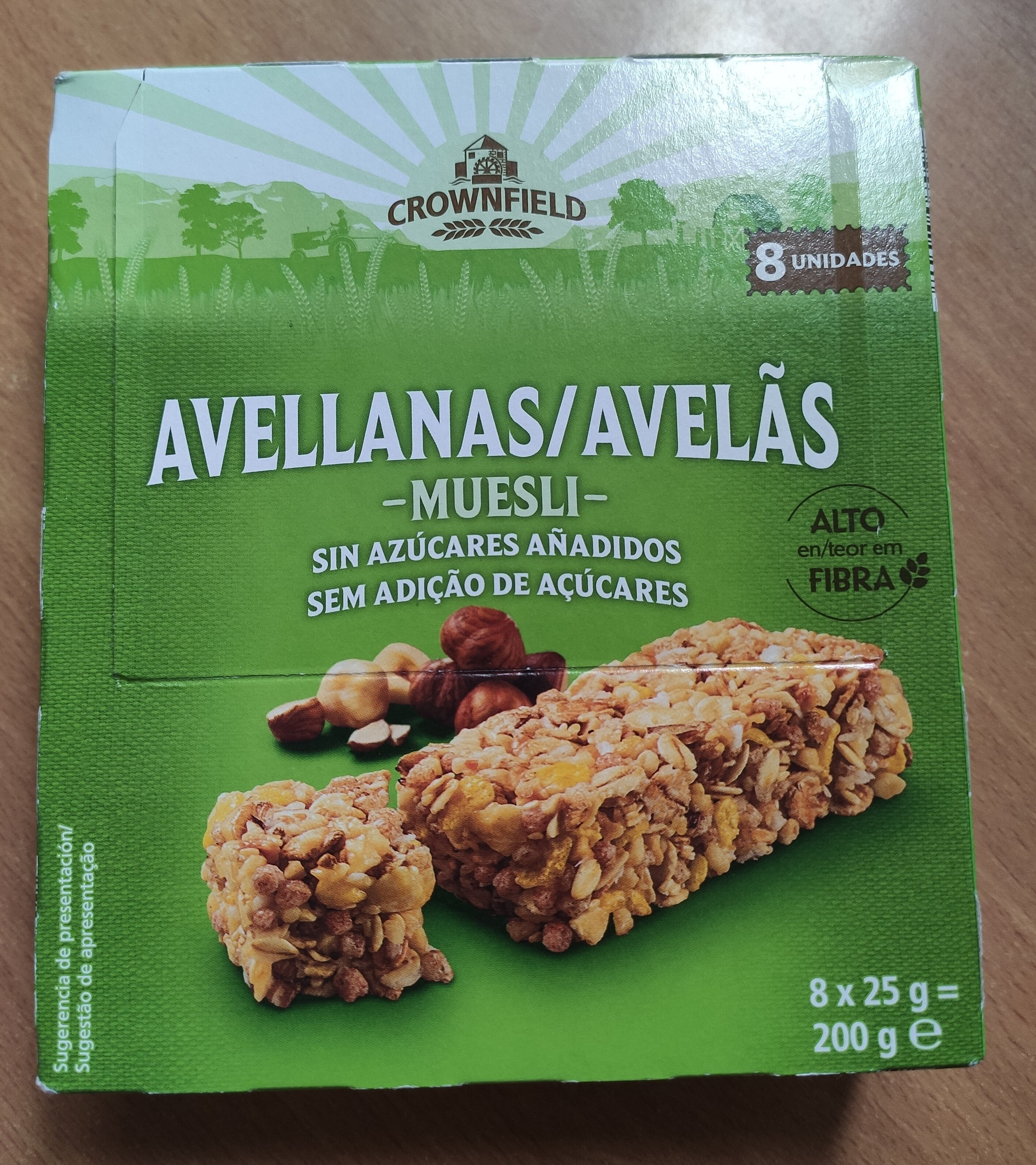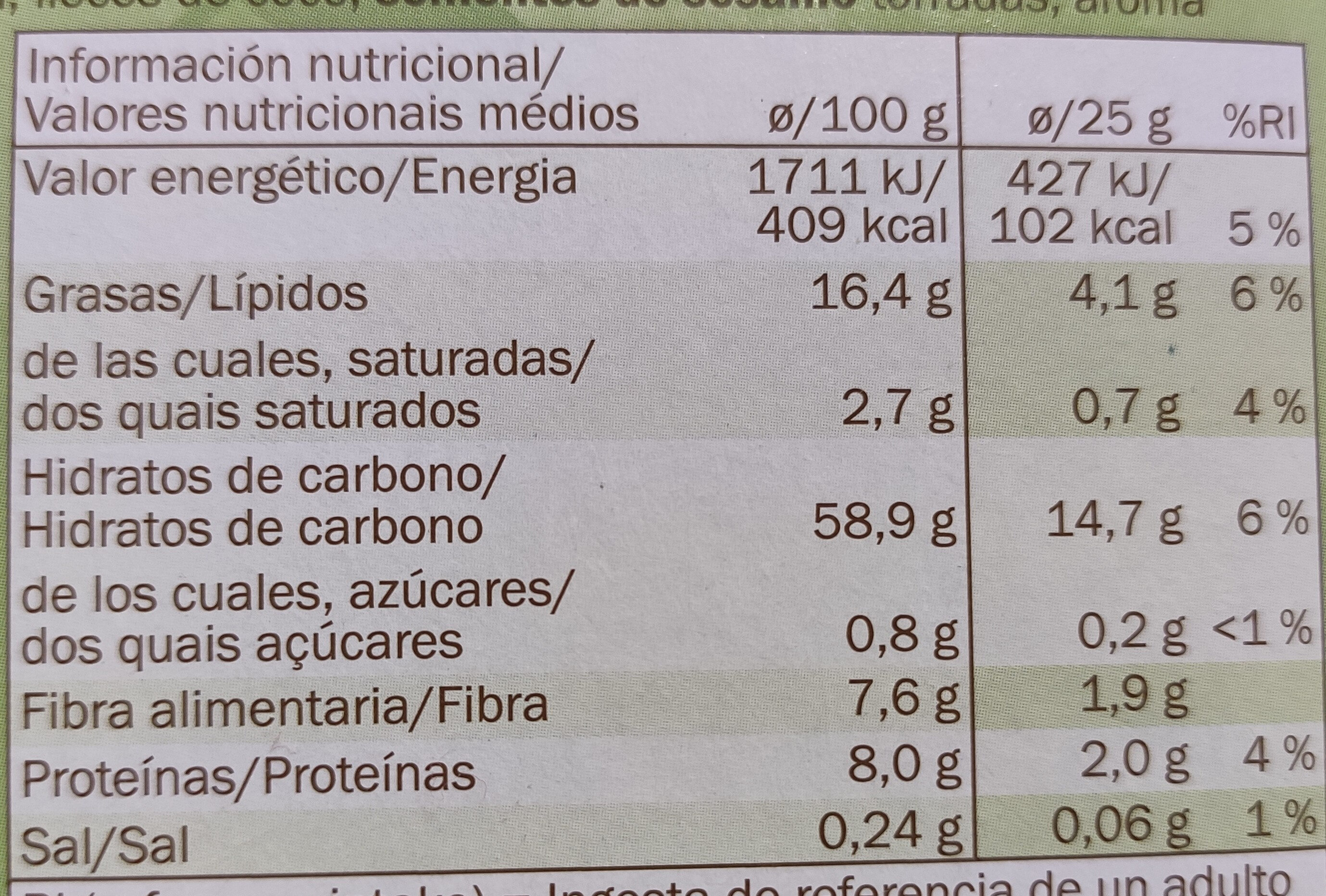Barritas de cereales con avellanas - Crownfield - 200 g (8 x 25 g)
Ambiguous barcode: This product has a Restricted Circulation Number barcode for products within a company. This means that different producers and stores can use the same barcode for different products.
×
This product page is not complete. You can help to complete it by editing it and adding more data from the photos we have, or by taking more photos using the app for Android or iPhone/iPad. Thank you!
×
Barra-kodea: 03331822
Kopurua: 200 g (8 x 25 g)
Ontziratzea: en:Plastic, en:container
Markak: Crownfield
Kategoriak: en:Snacks, en:Sweet snacks, en:Bars, en:Cereal bars
Etiketak, ziurtagiriak, sariak: No added sugar
Saltzen diren herrialdeak: Espainia
Matching with your preferences
Ingurumena
Ontziratzea
Transportation
Report a problem
Datuen iturria
Product added on by openfoodfacts-contributors
Last edit of product page on by duhowpi.
Produktuaren orria -gatik editatua off.ed78d43e-5fe8-4537-8a1d-6dcbe03c80a1, packbot, roboto-app, victor-hermes.
If the data is incomplete or incorrect, you can complete or correct it by editing this page.










